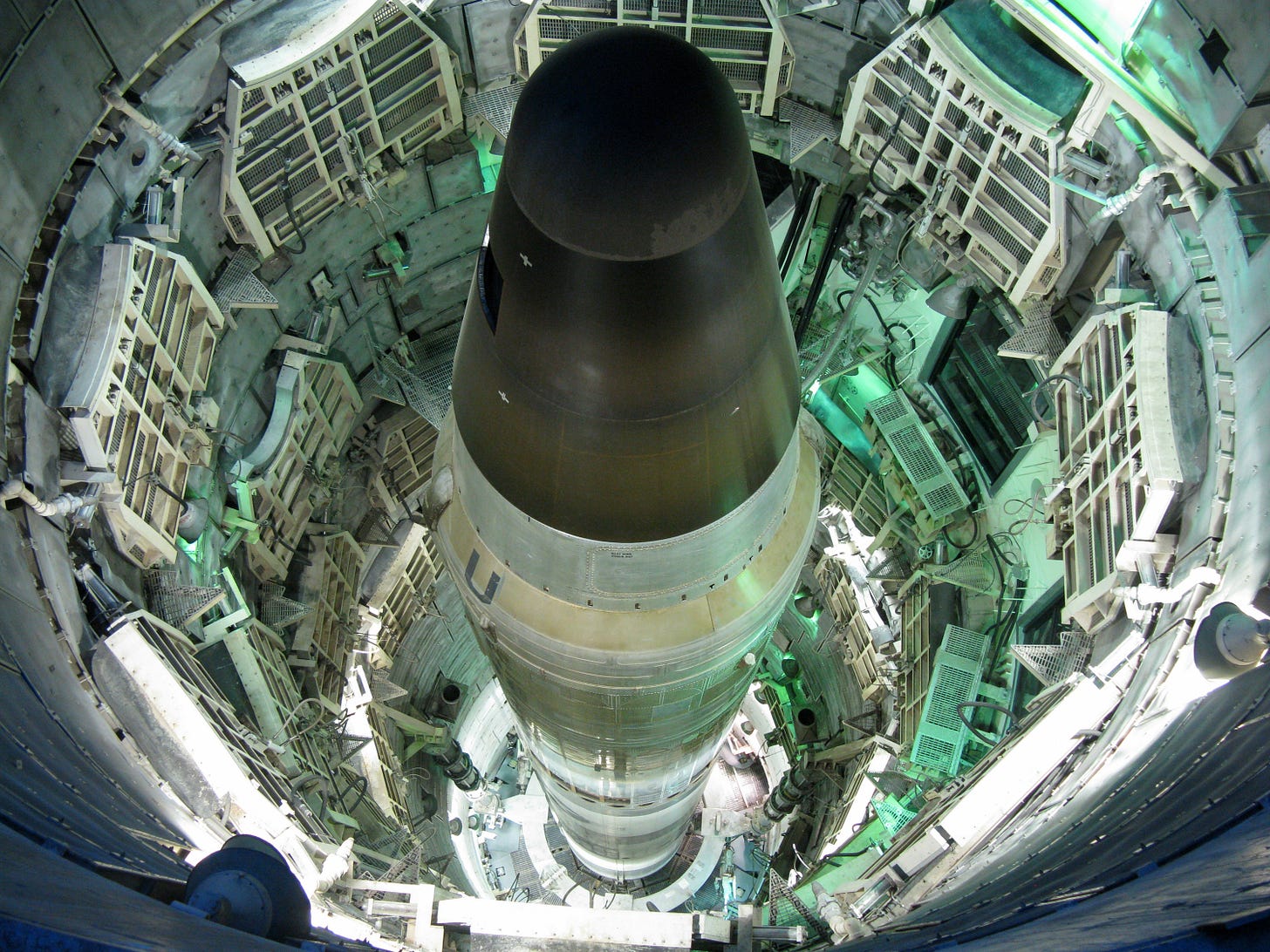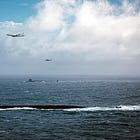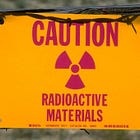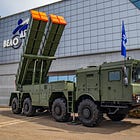U.S. Nuclear Arsenal Claims Amid Global Developments and Projections
Analyses indicate Trump’s claim that “The United States has more Nuclear Weapons than any other country” may derive from emphasis on strategic deployable warheads under New START limits
GLOBAL — On October 30, President Donald J. Trump directed the Department of Defense to resume nuclear weapons testing, citing perceived advancements by Russia and China alongside other countries’ programs.
This announcement asserts U.S. leadership in nuclear stockpiles with completed modernization during his 2017-2021 term. Assessments from independent organizations indicate Russia maintains a larger arsenal, while U.S. modernization efforts remain ongoing.
Verification reveals discrepancies in stockpile rankings and testing activities. Projections for global arsenals suggest continued expansion among major powers through 2030 and beyond.
Analyses indicate Trump’s claim that “The United States has more Nuclear Weapons than any other country” may derive from emphasis on strategic deployable warheads under New START limits, capped at 1,550 for the U.S. and Russia, or views of U.S. qualitative advantages from investments.
Total stockpile figures show Russia ahead, and no evidence supports active rival testing prompting the directive.
Nuclear Stockpile Assessments
Russia holds the largest nuclear arsenal with an estimated 4,309 warheads as of early 2025, according to the Federation of American Scientists. The United States follows with 3,700 warheads, per the same assessment.
The Stockholm International Peace Research Institute reports similar figures in its 2025 yearbook, with Russia at 4,309 and the U.S. at 3,700, accounting for 87 percent of global inventories. China’s stockpile stands at approximately 600 warheads, placing it third, based on the Bulletin of the Atomic Scientists’ March 2025 estimate.
France possesses 290 warheads, while the United Kingdom has 225, according to World Population Review data for 2025. India maintains 180, Pakistan 170, Israel 90, and North Korea around 50, per Federation of American Scientists and SIPRI estimates. These figures represent military stockpiles for potential use.







